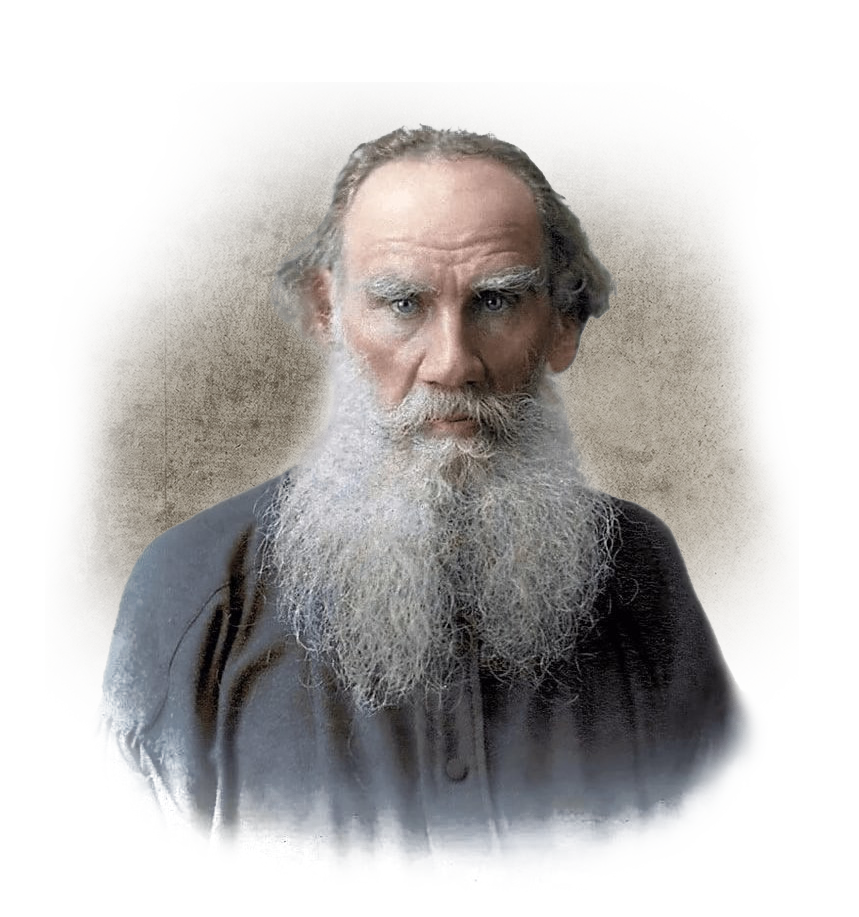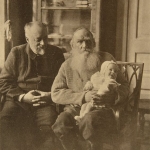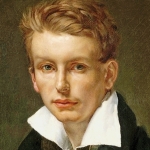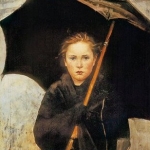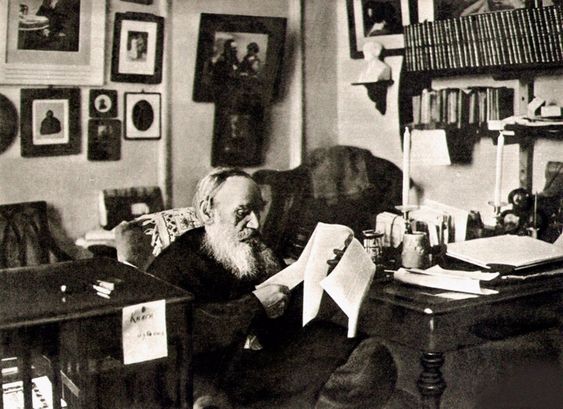
17.10.2023
Leo Tolstoy, one of the greatest novelists in literary history, had a remarkable ability to breathe life into his characters, making them unforgettable and profoundly relatable. Across his extensive body of work, several characters have stood the test of time, becoming icons of literature and embodying universal human experiences.
1. Anna Karenina (Anna Karenina, 1877)
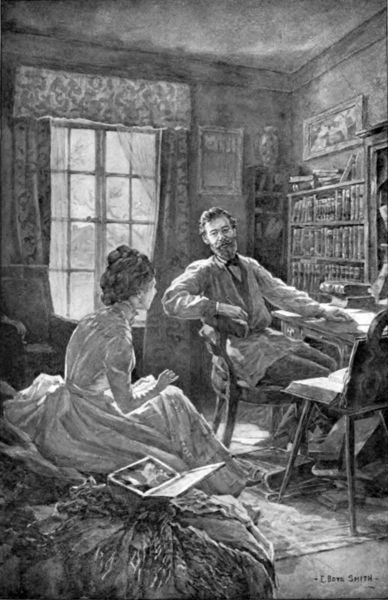
Perhaps Tolstoy’s most famous character, Anna Karenina is the tragic heroine of the eponymous novel. Her passionate yet doomed affair with Count Vronsky and the societal judgment she faces reflect the complexities of love, desire, and societal norms. Anna’s internal struggles and ultimate fate continue to captivate readers, making her an enduring symbol of inner turmoil.
2. Count Pierre Bezukhov (War and Peace, 1869)
In Tolstoy’s epic masterpiece «War and Peace,» Pierre Bezukhov undergoes a profound transformation. From an aimless young man to a noble and enlightened individual, Pierre’s philosophical journey mirrors Tolstoy’s own quest for meaning in life. His struggles with identity and purpose resonate with readers across generations.
3. Prince Andrei Bolkonsky (War and Peace, 1869)
Prince Andrei Bolkonsky represents the disillusionment and existential crises faced by many after experiencing the horrors of war. His introspective nature and search for higher meaning highlight the existential themes prevalent in Tolstoy’s works. Andrei’s resilience and ultimate spiritual awakening make him a deeply inspiring character.
4. Nikolai Rostov (War and Peace, 1869)

Nikolai Rostov embodies youthful idealism, honor, and bravery. His coming-of-age journey, marked by the trials of war and personal growth, captures the universal struggle of transitioning from innocence to experience. Nikolai’s sincerity and integrity make him a beloved character, representing the enduring qualities of youth.
5. Levin (Anna Karenina, 1877)
Konstantin Levin, a landowner and philosopher, serves as a contrast to the high society depicted in «Anna Karenina.» Levin’s contemplation of life, love, and the pursuit of happiness reflects Tolstoy’s own philosophical inquiries. Levin’s connection with the land and his pursuit of a meaningful existence make him a symbol of the search for authenticity.
6. Petya Rostov (War and Peace, 1869)
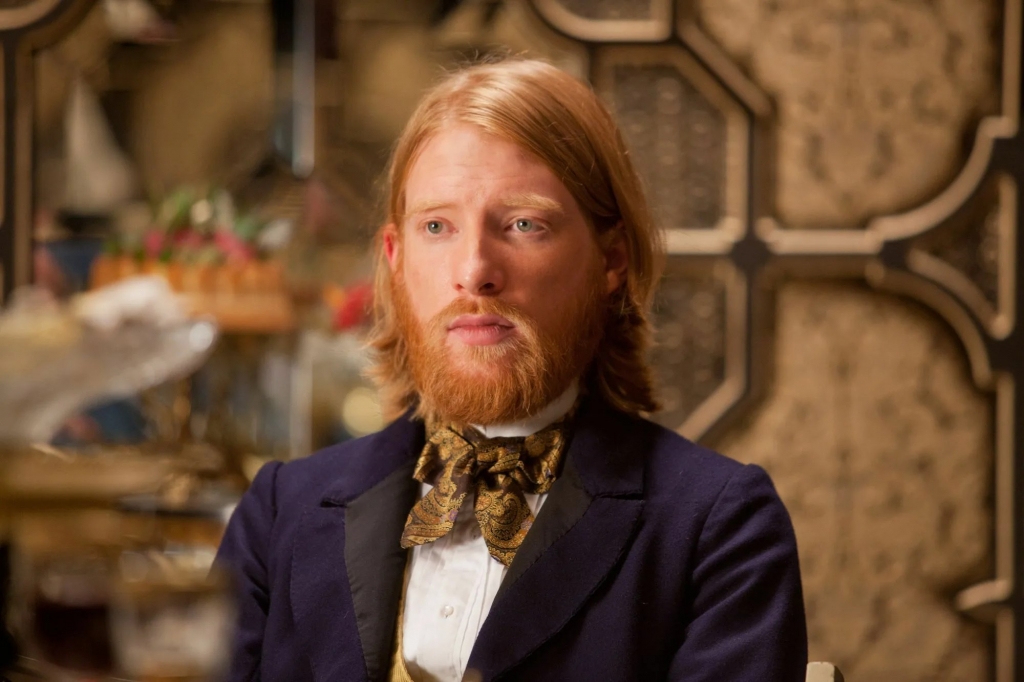
Petya Rostov’s youthful enthusiasm and bravery are tragically cut short in the novel. His character represents the idealism of youth and the devastating impact of war on the younger generation. Petya’s fate serves as a poignant reminder of the human cost of conflict, eliciting empathy from readers worldwide.
Tolstoy’s characters are not merely literary creations; they are mirrors reflecting the complexities of the human soul. Their struggles, triumphs, and tragedies continue to resonate with readers, inviting introspection and self-discovery. Through these iconic characters, Tolstoy crafted timeless narratives that explore the depths of human experience, ensuring his place in the pantheon of literary greatness for generations to come.
